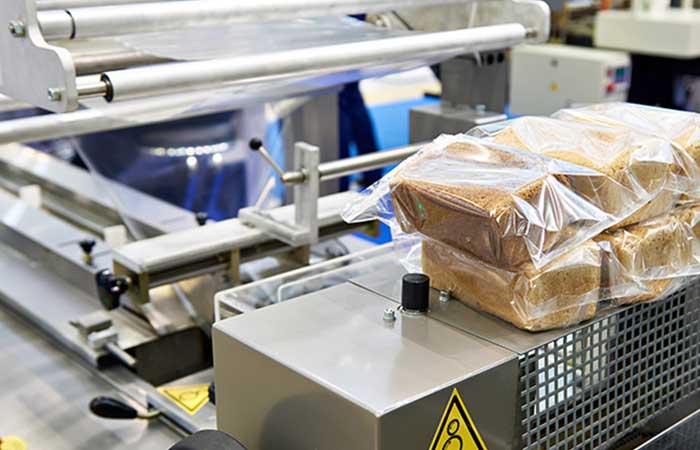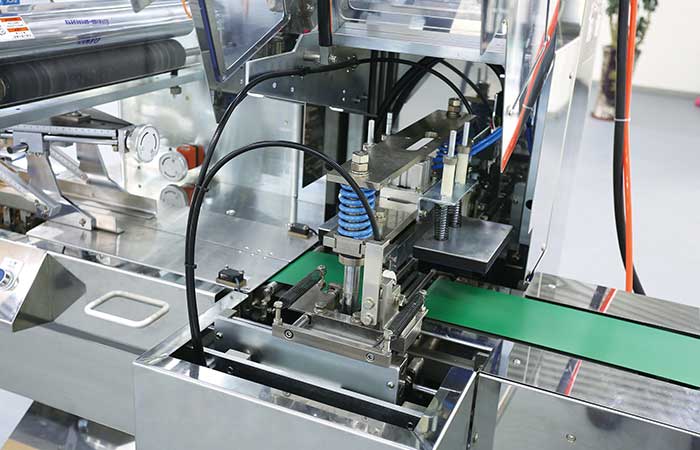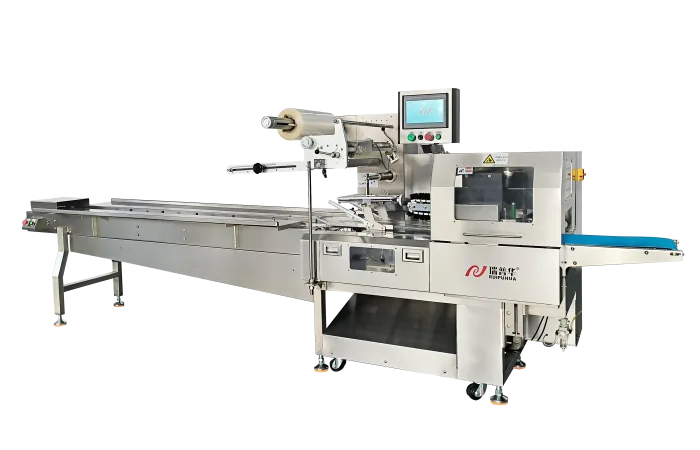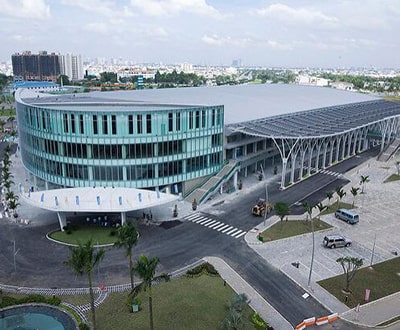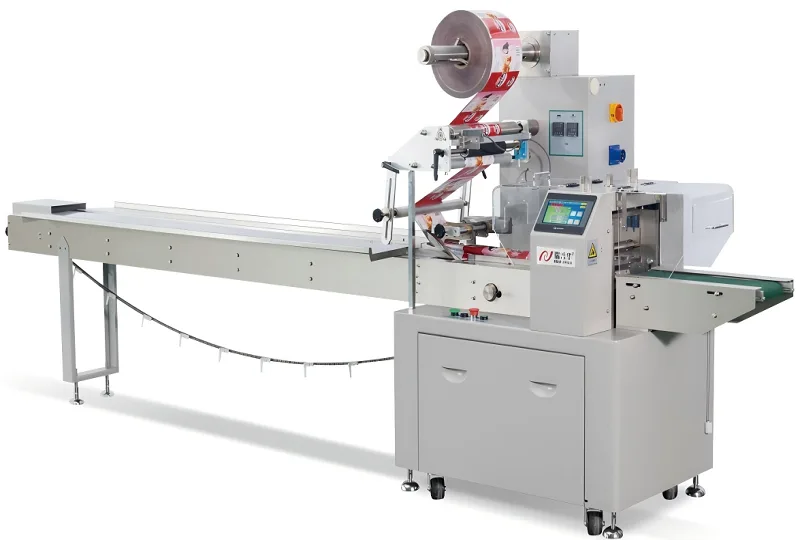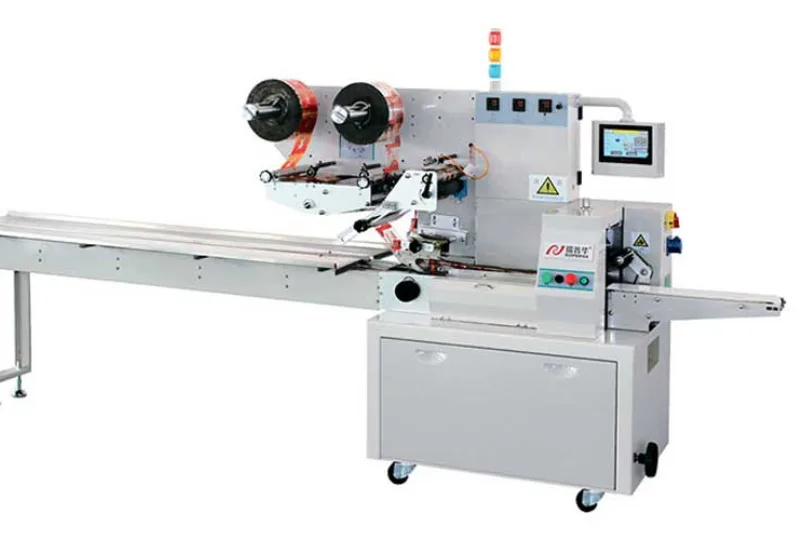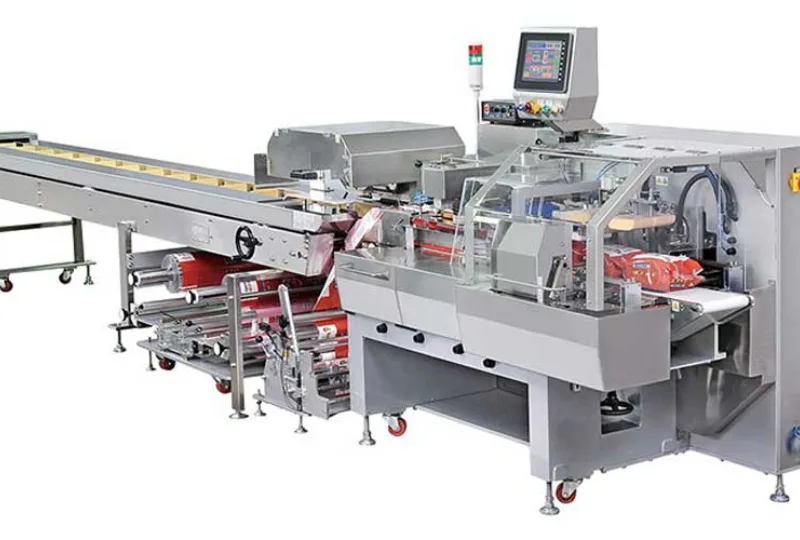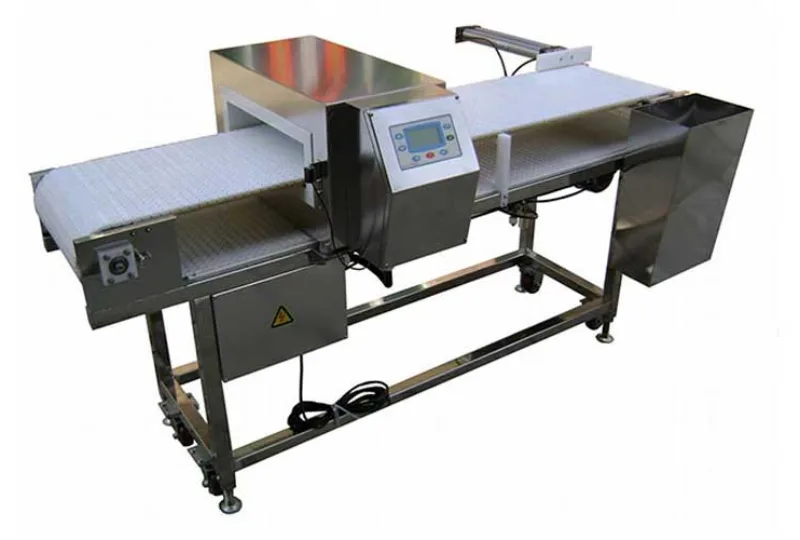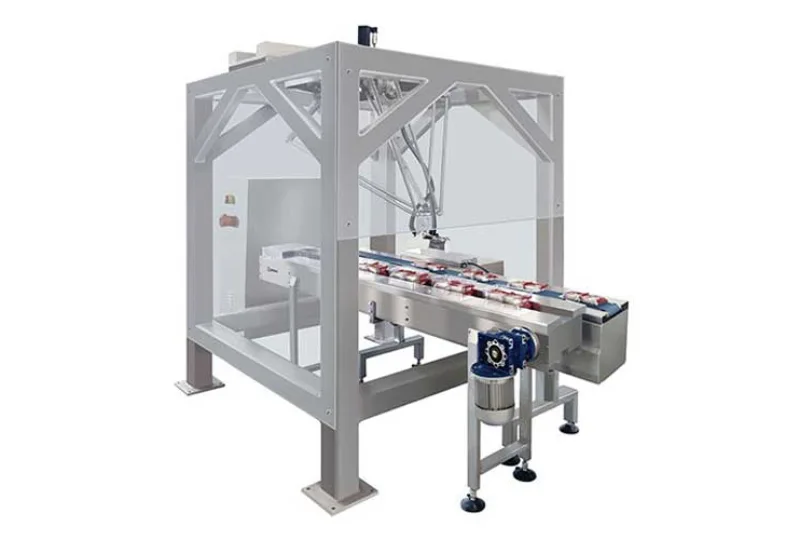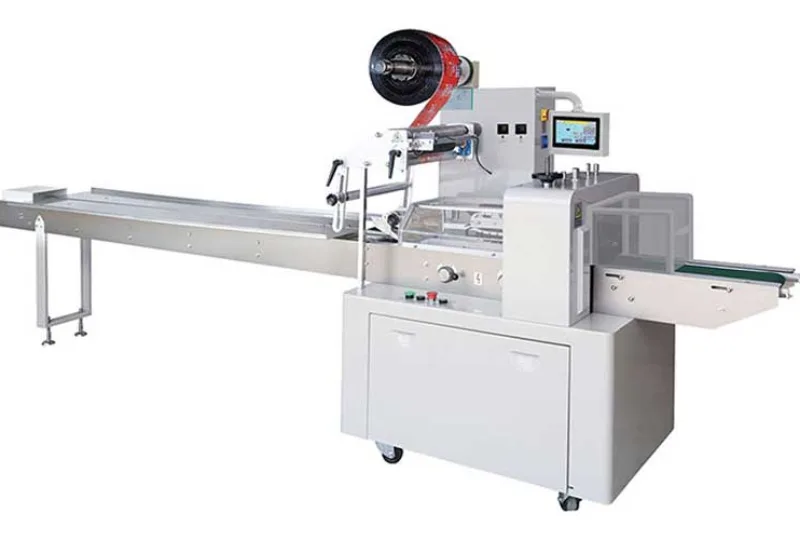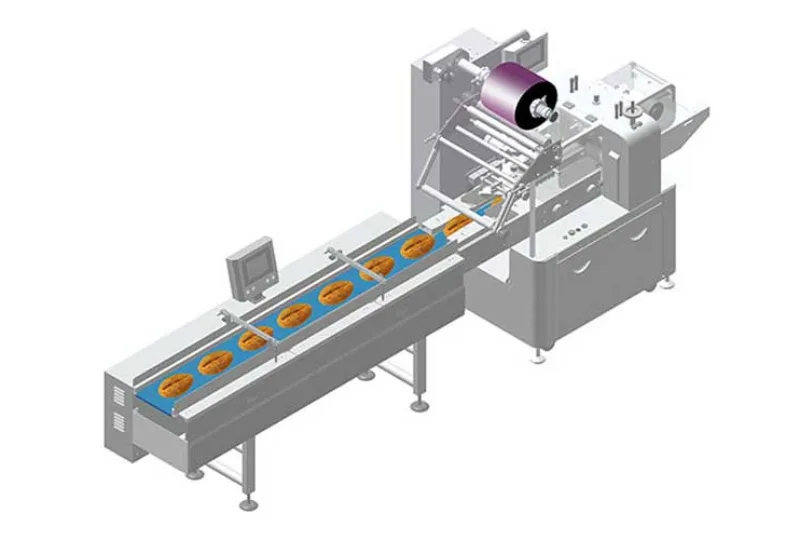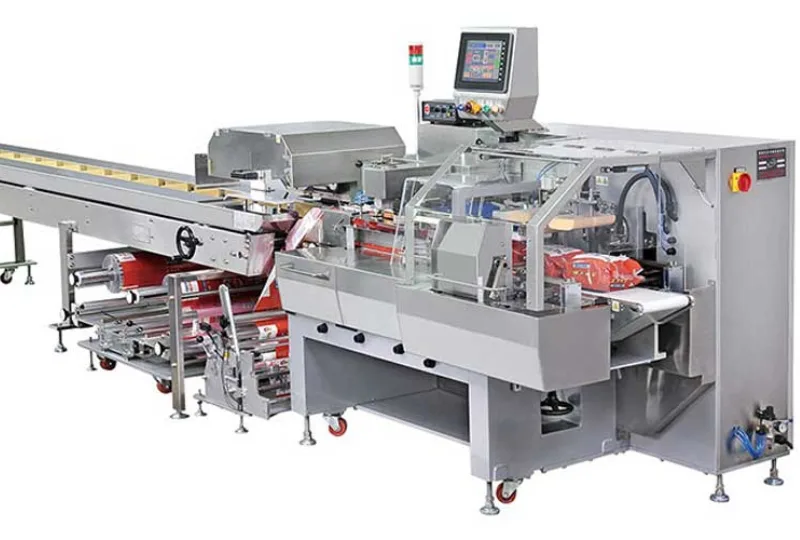Revolutionizing Warehouse Efficiency with Automated Palletizing Systems
The Future of Logistics: Automated Palletizing Systems
As modern technology continues to evolve, the logistics industry is embracing automation at an unprecedented rate. One such innovation that is revolutionizing warehouse efficiency is automated palletizing systems. These advanced systems utilize robotics and artificial intelligence to streamline the process of palletizing goods, leading to faster turnaround times, reduced labor costs, and increased productivity.
Traditional palletizing methods are often labor-intensive and prone to errors. Manual palletizing not only requires a significant amount of time and resources but also poses safety risks to workers. Automated palletizing systems address these challenges by efficiently stacking products on pallets with precision and speed, eliminating the need for manual intervention.
One of the key advantages of automated palletizing systems is their adaptability to various warehouse environments. These systems can be customized to handle different types of products, pallet sizes, and configurations, making them versatile solutions for a wide range of industries. Whether dealing with fragile goods, heavy materials, or irregular shapes, automated palletizing systems can optimize the palletizing process for maximum efficiency.
Moreover, the integration of AI technology in automated palletizing systems enables predictive analytics and real-time monitoring capabilities. By collecting and analyzing data on palletizing performance, these systems can identify patterns, optimize workflows, and make proactive adjustments to enhance productivity. This data-driven approach not only ensures consistent output quality but also enables continuous improvement in operations.
The Benefits of Automated Palletizing Systems
1. Increased efficiency: Automated palletizing systems can palletize goods at a much faster rate than manual labor, leading to higher throughput and reduced cycle times.
2. Labor savings: By automating the palletizing process, businesses can minimize the need for manual labor, thereby reducing labor costs and reallocating resources to more value-added tasks.
3. Improved safety: With automated palletizing systems, the risk of workplace injuries related to manual handling of heavy loads is significantly reduced, creating a safer work environment for employees.
4. Enhanced accuracy: The precision of robotic palletizing ensures consistent pallet quality and minimizes product damage during handling and transportation.
Challenges and Considerations
While automated palletizing systems offer numerous benefits, there are challenges and considerations that businesses should keep in mind when implementing these systems. Factors such as initial investment costs, system integration complexities, and maintenance requirements need to be carefully evaluated to ensure a successful adoption of automated palletizing technology.
Overall, the adoption of automated palletizing systems represents a transformative shift in warehouse operations, driving efficiency, accuracy, and scalability in the logistics industry. By leveraging the power of automation and AI, businesses can optimize their palletizing processes, meet evolving customer demands, and stay ahead of the competition in an increasingly digitized world.
-
01
Automatic Tray Loading and Packaging Equipment: Boost Efficiency to 160 Bags/Minute
21-11-2025 -
02
Automatic Soap Packaging Machine: Boost Productivity with 99% Qualification Rate
21-11-2025 -
03
A Deep Dive into Automatic Toast Processing and Packaging System
18-11-2025 -
04
The Future of Bakery Production: Automated Toast Processing and Packaging System
18-11-2025 -
05
Reliable Food Packaging Solutions with China Bread, Candy, and Biscuit Machines
11-10-2025 -
06
High-Performance Automated Food Packaging Equipment for Modern Production
11-10-2025 -
07
Reliable Pillow Packing Machines for Efficient Packaging Operations
11-10-2025 -
08
Advanced Fully Automatic Packaging Solutions for Efficient Production
11-10-2025 -
09
Efficient Automatic Food Packaging Solutions for Modern Production
11-10-2025 -
10
Advanced Automatic Packaging Equipment for Efficient Production
11-10-2025



